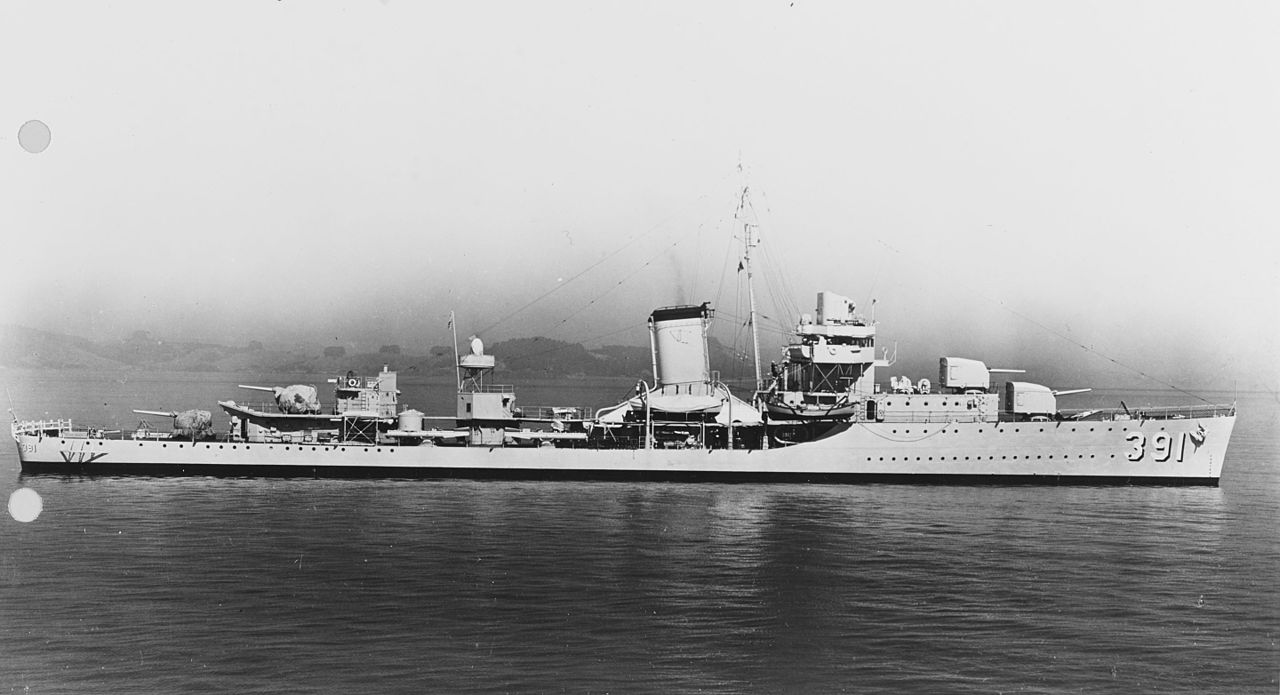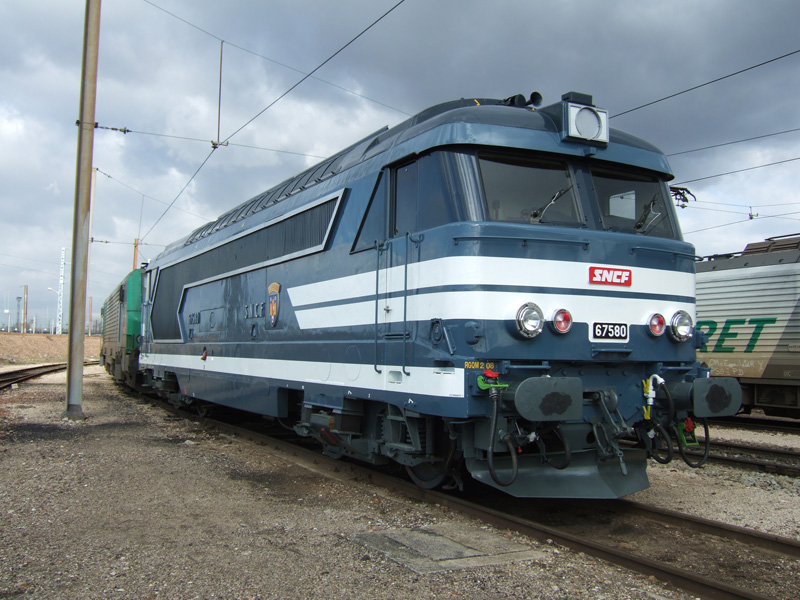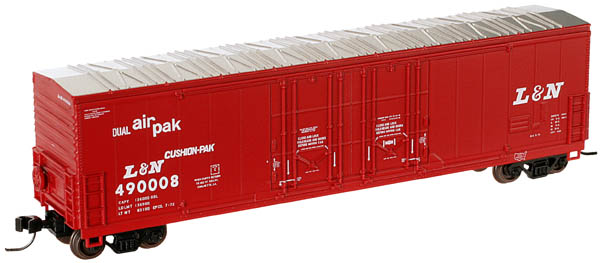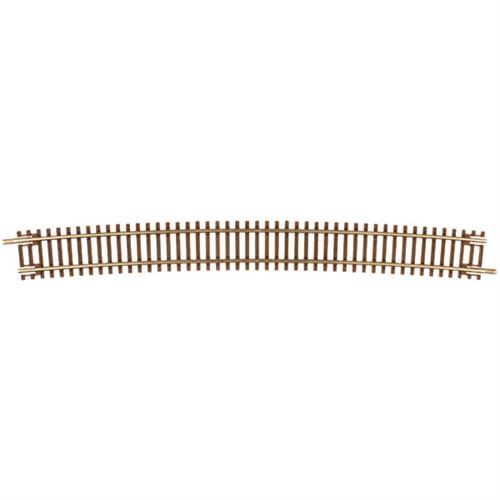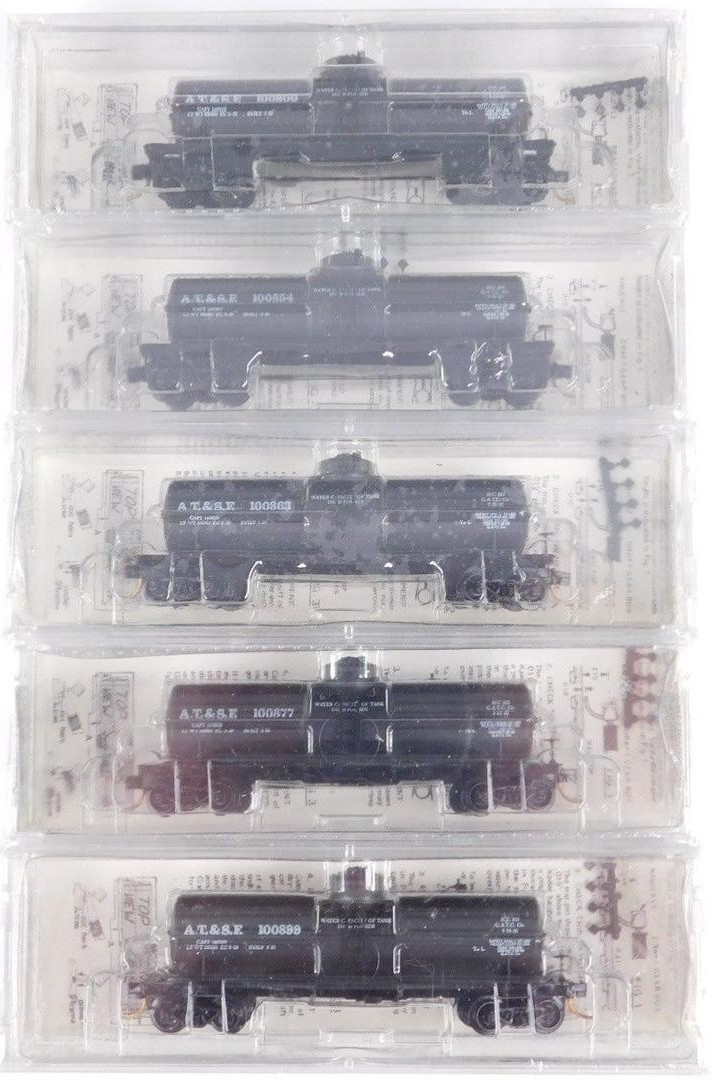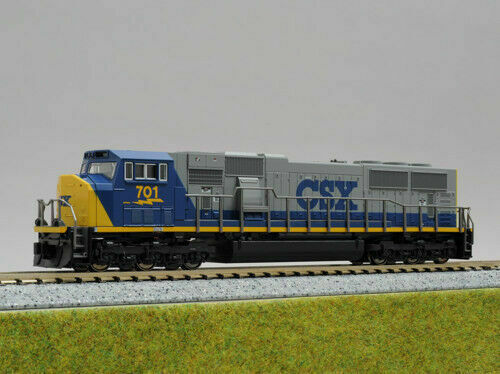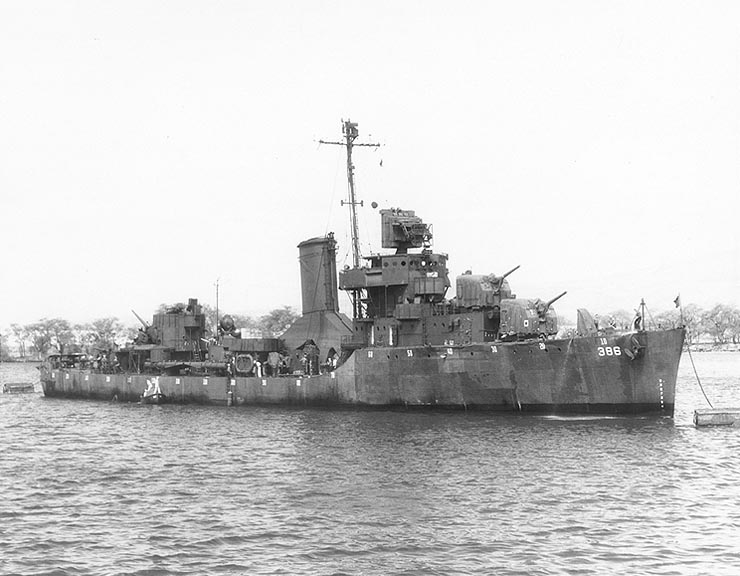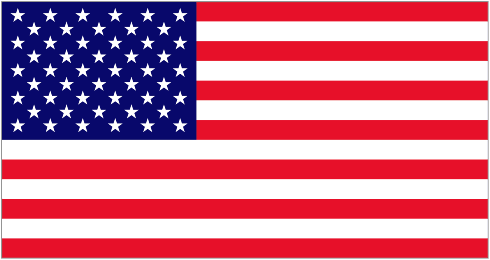USS Henley (DD-391)
| Name | USS Henley (DD-391) |
| Nationality | United States (Details) |
| Pennant/Designation | DD-391 |
| Period | none |
| Type | Destroyer |
| Warship Class | Bagley (Details) |
| Laid Down | 1935 |
| Year Launched | 1937 |
| Year Commisioned | 1937 |
| Last Year Active | 1943 |
| Status | Sunk |
| Source of Text | Wikipedia |
| Credit Link | Link |
History:
USS Henley (DD-391), a Bagley-class destroyer, was the 2nd ship of the United States Navy to be named for Captain Robert Henley, an officer in the United States Navy during the Quasi-War with France, the War of 1812 and the Second Barbary War.
When Australian troops established a beachhead at Finschafen, New Guinea, 21 September 1943, Henley formed a part of their protective screen. Attacked by 10 Japanese torpedo bombers, she claimed to have shot down 3 and assisted in downing 3 others in a fierce half-hour engagement. However, the valiant ship's wartime career, begun in the chaos at Pearl Harbor, was drawing to a close. On 3 October 1943 Henley was steaming with Reid and Smith on an offensive sweep off Finschafen when her skipper sighted two torpedoes fired by the submarine Ro-108 heading for her. Split-second maneuvering permitted Henley to evade those two torpedoes; but a third was immediately sighted, closing too fast and too near to be avoided. Henley was struck on the port side, with the torpedo exploding in the number 1 fire-room, destroying her boilers, breaking her keel, and displacing her bow about 30 degrees from the longitudinal axis of the ship.
When Australian troops established a beachhead at Finschafen, New Guinea, 21 September 1943, Henley formed a part of their protective screen. Attacked by 10 Japanese torpedo bombers, she claimed to have shot down 3 and assisted in downing 3 others in a fierce half-hour engagement. However, the valiant ship's wartime career, begun in the chaos at Pearl Harbor, was drawing to a close. On 3 October 1943 Henley was steaming with Reid and Smith on an offensive sweep off Finschafen when her skipper sighted two torpedoes fired by the submarine Ro-108 heading for her. Split-second maneuvering permitted Henley to evade those two torpedoes; but a third was immediately sighted, closing too fast and too near to be avoided. Henley was struck on the port side, with the torpedo exploding in the number 1 fire-room, destroying her boilers, breaking her keel, and displacing her bow about 30 degrees from the longitudinal axis of the ship.
Class:
The Bagley class of eight destroyers was built for the United States Navy. They were part of a series of USN destroyers limited to 1,500 tons standard displacement by the London Naval Treaty and built in the 1930s. All eight ships were ordered and laid down in 1935 and subsequently completed in 1937. Their layout was based on the concurrently-built Gridley class destroyer design and was similar to the Benham class as well; all three classes were notable for including sixteen 21 inch (533 mm) torpedo tubes, the heaviest torpedo armament ever on US destroyers. They retained the fuel-efficient power plants of the Mahan-class destroyers, and thus had a slightly lower speed than the Gridleys. However, they had the extended range of the Mahans, 1,400 nautical miles (2,600 km) farther than the Gridleys. The Bagley class destroyers were readily distinguished visually by the prominent external trunking of the boiler uptakes around their single stack.
All eight Bagley-class destroyers were present at the attack on Pearl Harbor on 7 December 1941. They all served in the Pacific during World War II, with Jarvis, Blue, and Henley lost in combat. In 1944 Mugford suffered extensive damage from a kamikaze hit that put her out of combat for six months. Ralph Talbot later received a kamikaze hit off Okinawa. After the war, Bagley, Helm, and Patterson were decommissioned in 1945 and scrapped in 1947. Mugford and Ralph Talbot, still in commission, were targets during the Operation Crossroads atomic bomb tests at Bikini atoll in 1946. Contaminated by radiation, they were scuttled off Kwajalein in 1948.
All eight Bagley-class destroyers were present at the attack on Pearl Harbor on 7 December 1941. They all served in the Pacific during World War II, with Jarvis, Blue, and Henley lost in combat. In 1944 Mugford suffered extensive damage from a kamikaze hit that put her out of combat for six months. Ralph Talbot later received a kamikaze hit off Okinawa. After the war, Bagley, Helm, and Patterson were decommissioned in 1945 and scrapped in 1947. Mugford and Ralph Talbot, still in commission, were targets during the Operation Crossroads atomic bomb tests at Bikini atoll in 1946. Contaminated by radiation, they were scuttled off Kwajalein in 1948.
Nationality:
The U.S. is a country of 50 states covering a vast swath of North America, with Alaska in the northwest and Hawaii extending the nation’s presence into the Pacific Ocean. Major Atlantic Coast cities are New York, a global finance and culture center, and capital Washington, DC. Midwestern metropolis Chicago is known for influential architecture and on the west coast, Los Angeles' Hollywood is famed for filmmaking.
Item created by: gdm
on 2020-03-17 10:13:44
If you see errors or missing data in this entry, please feel free to log in and edit it. Anyone with a Gmail account can log in instantly.
If you see errors or missing data in this entry, please feel free to log in and edit it. Anyone with a Gmail account can log in instantly.


